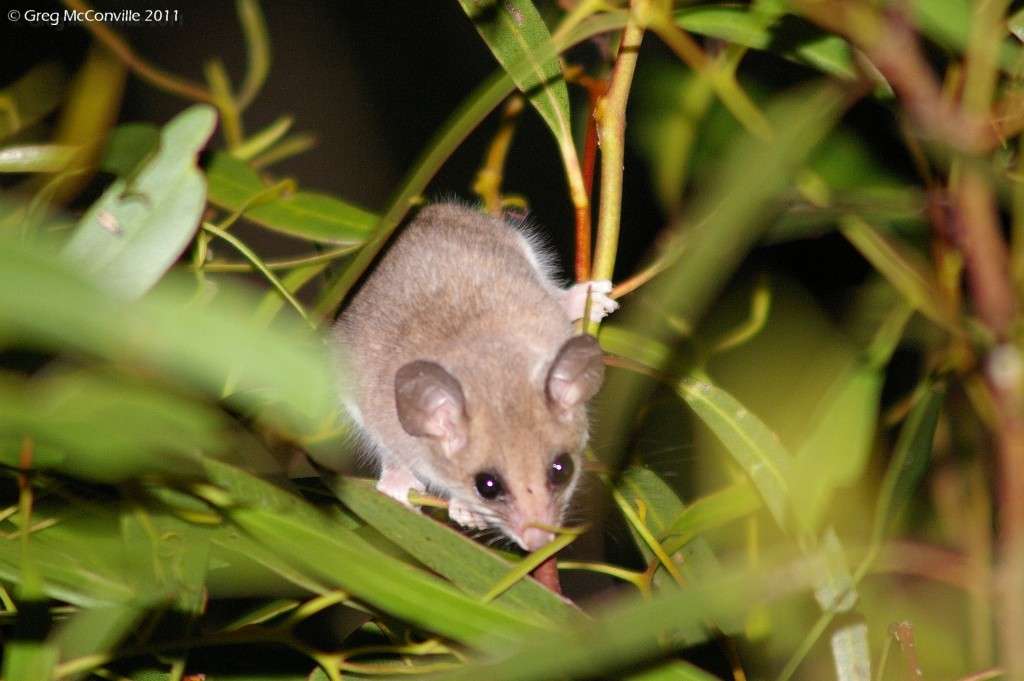(...continued)
It was time to go, and I chose to follow the old highway westwards for a way, before turning left to get back to the modern highway.
Once at the highway, there were numerous dirt tracks heading further south for short distances before they were terminated dramatically by the receding cliffs. Closer to the border, the cliffs were a little more gradual.
Somewhere just before the border I stopped at a wayside stop to organise some lunch, using the last of my fresh fruit and vegetables knowing that I would not be able to buy any until I reached Norseman over 700 km away. Rather than waste any produce at border quarantine, I ate all that I thought I had, only to have to later sacrifice a rogue tomato that escaped my attention.
It occurred to me that an industrious traveller could set up a produce stall just inside South Australia, collecting unwanted produce from west bound travellers and offering it to east bound travellers. If only I had the time…
With the formalities of border quarantine out of the way, I bought fuel at Eucla Roadhouse and paid a grossly inflated price for a can of cola, the brand of which doesn’t require any further advertisement from me. (Note: Fuel is actually cheaper at the border village than it is at Eucla).
I didn’t have a lot of time to spend, since I was intending to get as far as the Eyre Bird Observatory near Cocklebiddy by nightfall, and I still had 264 km to go.
Following signs to the old telegraph station, I drove down the escarpment.
At this part of the Nullarbor, the dramatic cliffs give way to a series of sandy beaches, while the cliffs recede inland forming the edge of the Nullarbor Escarpment, or “the scarp” for short. Below the scarp at this end is mallee vegetation and huge dunes. West of Eucla the Roe plains, sparsely vegetated, lie below the scarp.
I briefly wandered around some of the old telegraph station outbuildings.
Obviously, no expense was spared in housing the Trans Australian telegraph when it was first built. It was after all, a big deal to connect eats and west by a telegraph wire. (More about that later).
The state of the buildings, once so important to national trade, development and security, demonstrated that with technical advance there is necessarily obsolescence, and in this sense the buildings reminded me of so many tube type televisions discarded on roadsides: still in perfect working order, but no longer state of the art.
I motored on past Mundrabilla, and rested in the afternoon heat at a roadside stop near Madura. My slumber in my hammock was interrupted by the arrival of a rented Landcruiser with a young Irish couple accompanied by a Frenchman, who stopped to cook some excellent looking salmon steaks. We chatted, and I was somewhat bemused by their determination to get from Perth to Melbourne in 72 hours. So much for seeing Australia!
Near Madura, the country around the range was more densely vegetated, and looked an interesting habitat to explore.
It had been a long day, and I regretted having to go past to turnoff to the Eyre Bird Observatory to get fuel in Cocklebiddy, only to have to double back. Surprisingly, as I was refuelling a police car arrived, and I was glad that all this time I had not once broken the speed limit. Honestly!
I turned back to the turnoff to Eyre, and stopped by an information sign by the turnoff to establish how I would contact the caretakers to organise accommodation. I had not pre-booked, and was taking a risk, but the worst they could say was “no” I figured. I proceeded towards the coast, occasionally using the UHF to contact “Eyre Birds” as the sign had suggested.
I made it all the way to the “carpark” at the top of the escarpment before I succeeded in making radio contact. A polite exchange established that I would be welcome to arrive in the morning and that this evening I should double back a short distance and camp by a disused microwave tower. This I did, and established camp in a quite pleasant surround.
As I sat eating dinner in the dark I sensed a movement in a nearby Mallee tree, and luckily had my camera close by. A mouse sized marsupial, known as a Western Pygmy Possum, was feeding on new growth in the eucalypt. With much excitement I took a flash photograph, only to feel more than a slight sense of guilt at having blinded the poor little creature temporarily.
I promised myself that I would not do this again, and reconciled I slept with a sense of good fortune at having watched such a tiny and delicate creature. Day 16 started in South Australia, and finished in Western Australia.

































































